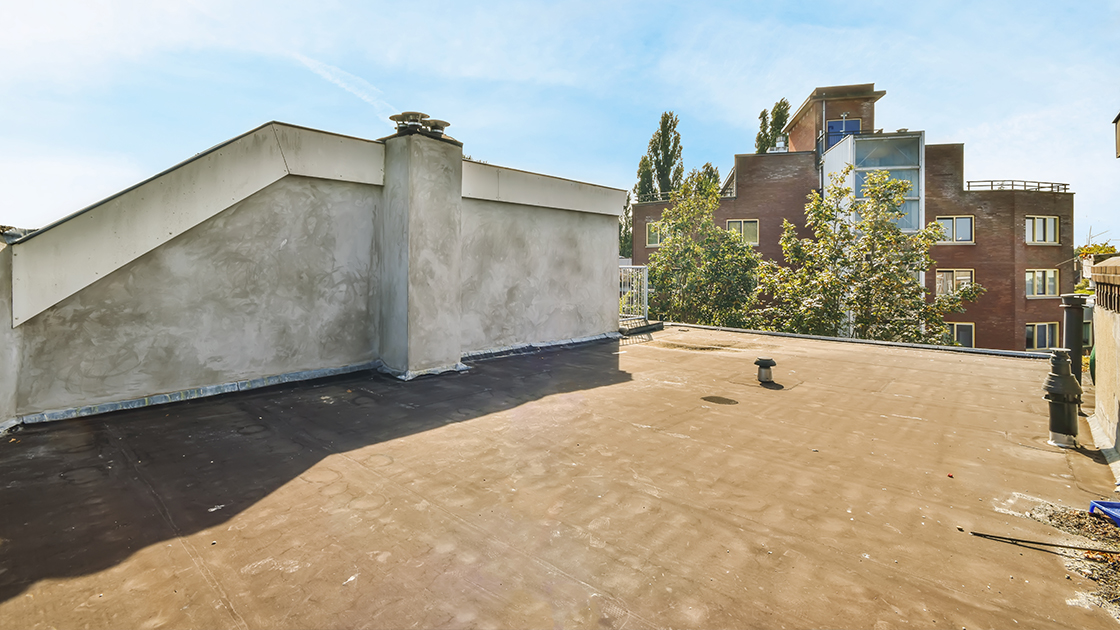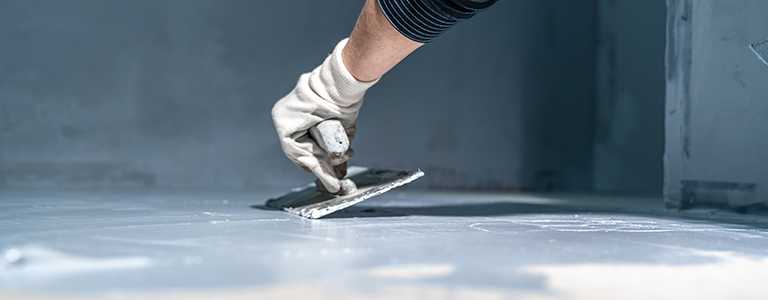
There’s no denying the massive influx of mosquitos that have been hanging around since the recent floods. Stagnant water creates a breeding ground for mozzies and all this rain from La Nina means they will be hanging around for some time.
For the third year in a row, La Nina will be showing her true colours until at least early 2023. La Nina occurs when equatorial trade winds intensify, altering ocean surface currents and bringing cooler deep water up from below. Rainfall increases significantly when the warm climate in Papua New Guinea and northern Australia combines with that chilly water. With all this upcoming rain, it’s important to get things waterproofed!
Let’s have a look into why it’s important to employ a professional like Titan Waterproofing and how you would waterproof a flat concrete roof.
Why is waterproofing important?
One of the building techniques needed to ensure a structure’s lifespan and maintain its worth is waterproofing.
If you don’t waterproof a building effectively, there is potential for mould problems and structural flaws like concrete tumours. Failure of your waterproofing can compromise safety, drastically lower the value of your home, and render it unsafe for habitation.
On average, only 2-3 per cent of a building’s total cost is spent on waterproofing when you engage a professional like Titan Waterproofing. That is a drop in the ocean (excuse the pun) when the Australian Institute of Waterproofing found in 2016, that up to 80 per cent of all construction flaws may be attributed to water leaks and the resulting damage.
When compared to significant repair costs and probable home depreciation, waterproofing spending is drastically less!
What happens when waterproofing fails?
The worst-case scenario is that the building is no longer safe and is uninhabitable. This means you are in for a long journey in temporary accommodation. With a shortage of supplies and services, it could be 6-12 months before you are back in your own home again.
Living out of your suitcase isn’t fun for anyone, nor is dealing with insurance company claims! If you are a landlord and are renting out your home, then it can potentially mean a loss of rental income and some very unhappy tenants. Plus, it’s not just the building structures that get affected by leaking water- contents such as flooring, cabinetry and furniture can also be destroyed as a result of poor waterproofing.
What are the benefits of getting a professional to waterproof your house?
The number one reason is safety. You only have to look around your home – see your beautiful family members and pets to realise that their safety is the most important reason to have your house waterproofed by a professional. When water and electricity mix there is grave danger of electrocution and fire.
Your family’s safety is not worth the risk. Not to mention that water intrusion can also result in the growth of mould and mildew, which could cause some family members to have allergic responses and respiratory issues.
Another bonus of waterproofing your house is that it allows you to lower your electricity bills. With the increased inflation this year, any chance to save a few dollars is worth it! When a house is not waterproofed properly, temperatures will decrease when moisture gets in, and as a result, your heating and cooling systems will have to work extra hard (and use more power) to compensate for the temperature change.
What are some ways to waterproof a flat concrete roof?
- Single Ply Membrane – This is one of the most popular ways to waterproof a flat roof as it’s cost-effective and durable to use. The Single Ply Membrane method involves using sheets of rubber and other synthetic materials, that can be ballasted or chemically bonded to the insulation.
- Liquid Membrane Waterproofing – A low-viscosity waterproofing membrane called a Liquid Applied Membrane (LAM) is applied as a liquid coating to both horizontal and vertical surfaces. LAM is thought to be the “next generation” of waterproofing since it can quickly adapt to any surface layout.
- Reinforced Bitumen Membrane – Your flat roof will have two or three layers of membrane applied as part of the Reinforced Bitumen Membrane waterproofing procedure. Hot bitumen is applied to bind the layers together. Adding a polyester carrier to the layers is then used to make it waterproof.
Prevention is better than cure. Thanks to La Nina it looks like the rain (and mozzies) are here to stay for a while. Protect your loved ones, protect your assets and ensure that your house is waterproofed.
If you are in the Sydney area, you can trust Titan Waterproofing for reputable roof waterproofing services. Our team will make sure to help keep your family’s valuables dry this summer. Call us on 1300 761 219 for enquiries.

